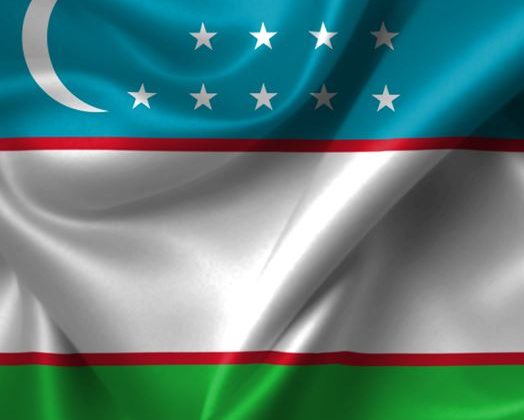(The Wire) (Co-authored with Jomo Kwame Sundaram)
Many of the MENA countries have the needed pre-conditions to accelerate future economic growth – natural and human resources, strong state institutions, low inequality – provided that ethnic, religious and sectarian conflicts end and peace prevails.
Why do some countries grow faster than others? How do we engineer an economic miracle? Some economists believe that manufacturing growth is like cooking a good dish – all the needed ingredients should be in the right proportion; if only one is under- or overrepresented, the ‘chemistry of growth’ will be sub-optimal. Rapid economic growth can only happen if several necessary conditions are met at the same time.
Rapid growth is a complicated process requiring a number of crucial inputs – infrastructure, human resources, relatively low economic inequalities, effective state institutions and economic stimuli among others. As ‘binding constraints’ may hold back economic growth, ‘growth diagnostics’ seek to identify the most binding constraints in order to accelerate growth. In some cases, these constraints are associated with the absence of markets; in others, with weak state capacities or capabilities or even critical human resources or infrastructure.
Contrary to popular prejudice, the Middle East and North African (MENA) countries have quite a number of ingredients needed for growth. Inequalities in the region are lower than in other countries at similar levels of economic development. Controlling for size, population density, per capita income, urbanisation, democracy, transition from a ‘communist’ past and government effectiveness, on average, Organisation of Islamic Cooperation (OIC) Muslim countries had income distribution Gini coefficients five percentage points lower than other countries. […]
Read More © The Wire









